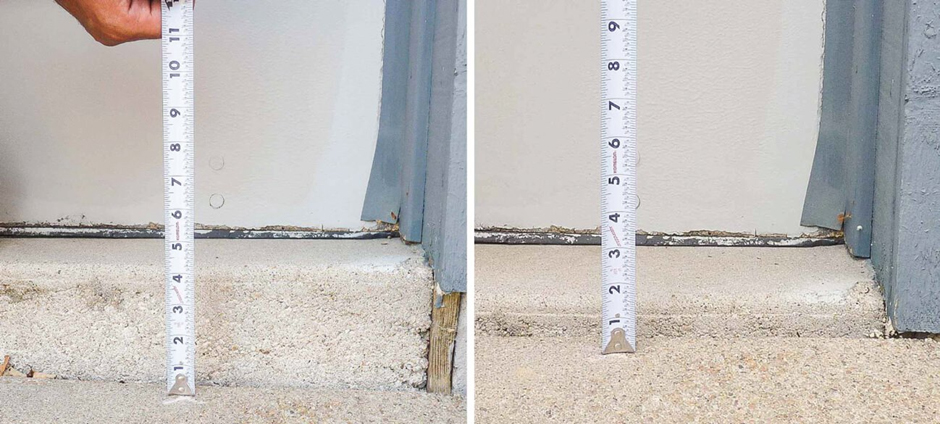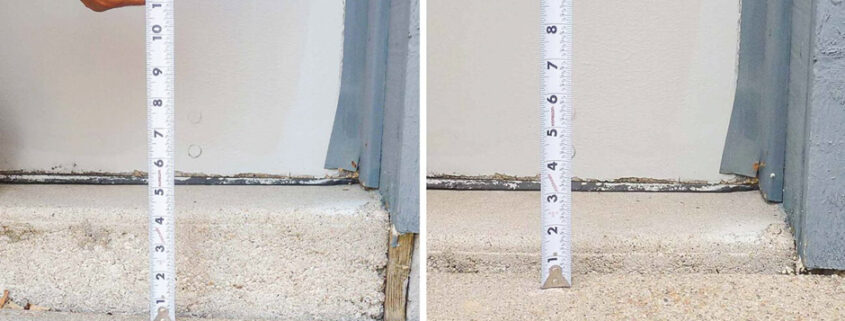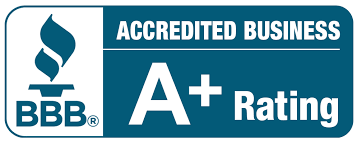An Overview of Concrete Leveling: Polyjacking vs Mudjacking
 If your concrete is sinking or cracking, many homeowners and businesses may be tempted to replace it. However, there are two reliable and affordable concrete leveling options that can save you time and money and create far less mess. Let’s take a look at the differences between polyjacking and mudjacking.
If your concrete is sinking or cracking, many homeowners and businesses may be tempted to replace it. However, there are two reliable and affordable concrete leveling options that can save you time and money and create far less mess. Let’s take a look at the differences between polyjacking and mudjacking.
Polyjacking vs Mudjacking
Polyjacking and mudjacking are two popular methods for raising sunken or cracked concrete slabs. Both techniques involve drilling holes in the affected area and pumping material underneath the slab to raise it back up to its original level. The main difference between the two is what type of material is used in the process.
For polyjacking, which has many benefits, lightweight polyurethane foam is used as a lifting agent. This foam is injected into small holes drilled into the concrete slab, so it spreads throughout the entire area beneath the slab rather than just one spot. It then expands rapidly, which helps provide more uniform support for a longer period of time than mudjacking does. The foam also fills any voids beneath the slab which prevents further settling or cracking in the future. Polyurethane foam also has a low compressive strength compared to other materials like cement, so it won’t cause any structural damage to your foundation if not handled properly by experienced professionals. Learn more about the different pros and cons of foam here.
Mudjacking involves pumping wet soil or silt-like material under pressure into larger holes drilled in the concrete slab before it’s filled with grout mixture that helps push up against underlying soil pockets to help raise and even out sunken areas. Since this process only uses soil-based materials, it’s often less expensive than polyjacking but doesn’t provide as long-term stability due to its heavy weight when dry and its reliance on underlying soil conditions which make settling more likely over time without proper maintenance or repairs in future years. Additionally, mudjacking can cause structural damages if not done correctly since heavier materials can put too much pressure on existing foundations causing them to crack or shift over time due to increased weight loads from above ground structures built upon them such as patios, decks etc.. You can learn more about the pros and cons of mudjacking here.
Conclusion:
Concrete leveling is an effective way of restoring sunken or cracked concrete slabs without having to replace them completely—saving you both time and money! While both poly jacking and mud jacking have their pros and cons—poly jacking provides superior results that last longer with less likelihood of settling over time due to its lightweight properties compared with traditional mud jacks which rely heavily on underlying soil conditions for support—you should always consult an experienced professional before making any decisions about how best to repair your property’s sunken or cracked concrete surfaces. Taking this step will ensure a successful outcome that will help preserve your property value for years down the road.
If you live in Dallas or need mudjacking in Mesquite, TX, call us today.





